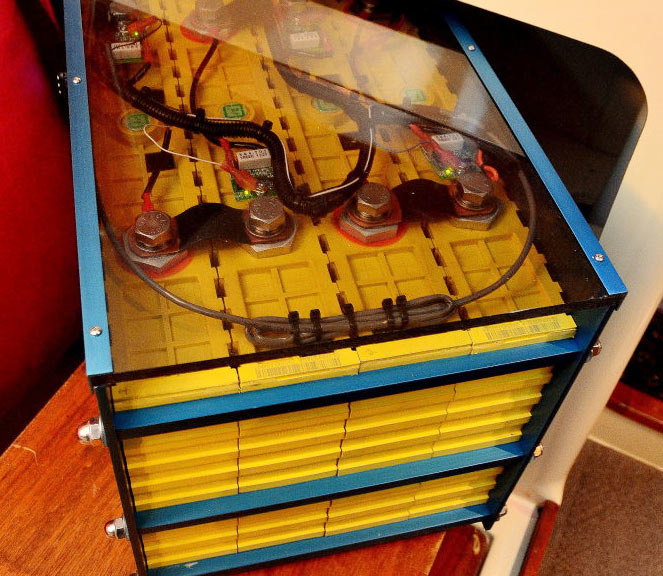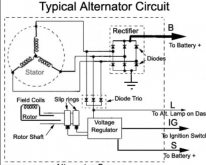I keep staring at this alternator charging issue and can't seem to get myself to give in and just order a DC-DC charger (or few). I likely still have a few weeks until my batteries are here, but I can't shake the feeling none of that is necessary for a battery bank at the same voltage as the alternator and it's suboptimal.I have been regularly maxing out the 200A bosch internal fan alternator on my van for 5+ years (100k+ miles). Charging/running my induction cooktop at idle (100-120A hot idle). This also included charging my 500AH+ lead acid bank, and now my 560AH lithium bank. At fully loaded hot idle (100-120a), the alternators case stays under 220F.
Your adding credence to my theory, only I have no way of knowing that my alternator is as well built as yours (2007 ford so likely not). Here's my plan: Figure out a way to probe the temperature of my alternator and hook up my batteries through a large 500a relay (stock 150a alternator, but I don't trust the ratings on those things and it's only $50). I then let the truck idle (worst case for alternator right?) and fire the relay so my mostly discharged ~540Ah LiFePo4 batteries are connected and observe the current draw, voltages, and the temperature of the alternator. If it can handle it yay, I just need to add some logic to disconnect when the battery is full (talking to the 2 overkill BMS units on an arduino - I'm a firmware engineer ?).
If it looks like the alternator can't handle it (it's getting increasingly too hot) I'll add an appropriate resistor to reduce the current to what it can steady state in that worst case and add another relay with no resistor connection. I'll then program up some logic on when to engage the full current and when to drop to the reduced current along with the total disconnect when full logic.
Alternately if I can get the temperature probe reading to the arduino and it seems solid I can make that decision based on how the alternator is actually doing. But with the temp reading I may just stick with one relay (with no added resistance) and simply disconnect when it gets too hot for a while (I think the presence of the starter battery makes that ok).
Of course I can't really test worse case summer conditions at the moment, but I just don't like the DC-DC solution and I wouldn't mind upgrading my alternator anyways if I get it wrong and end up burning the thing up.
Last edited:




